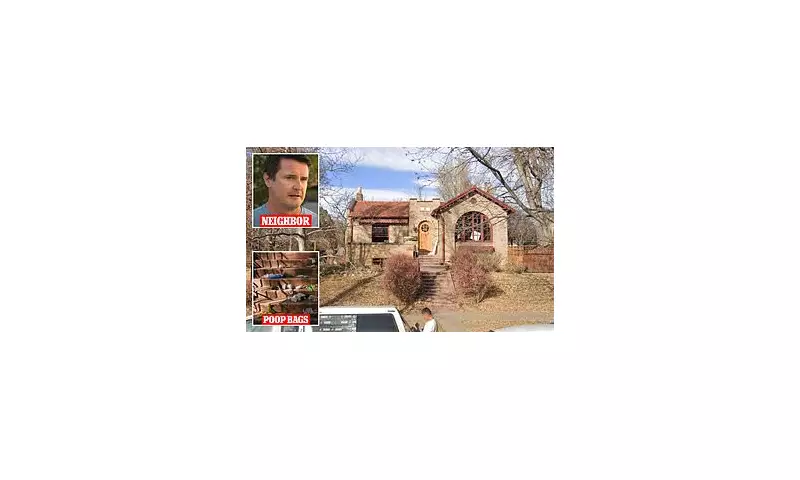
A furious row has erupted in one of Denver's most desirable neighbourhoods, where residents are branding a newly constructed home an 'absolute monstrosity' that resembles everything from a prison to an industrial warehouse.
The Great Wall of Denver
Neighbours in the well-heeled West Highland area say the stark, grey rectangular property with minimal windows represents everything wrong with modern architectural trends invading their traditionally charming community. The three-storey structure stands in stark contrast to the surrounding century-old bungalows and Victorian homes that define the area's character.
'It looks like a prison,' fumed local resident John Lynch. 'It's just a big grey box with very few windows. It doesn't fit in with the neighbourhood at all.'
Planning Permission Predicament
The controversy highlights growing tensions across British and American cities between property developers seeking to maximise land use and communities fighting to preserve local character. While the home's construction appears to have complied with local zoning laws, residents argue the regulations haven't kept pace with changing architectural styles.
'The city has codes, but they're not prepared for this kind of modern design,' explained another neighbour. 'It meets the letter of the law but completely violates the spirit of our community.'
Community Backlash Grows
Local opposition has been mounting for months, with residents expressing concerns about:
- Property values: Fears that the unconventional design could negatively impact neighbouring home prices
- Architectural consistency: Worries that similar modern constructions could follow, transforming the area's traditional streetscape
- Aesthetic appeal: Complaints about the building's 'cold' and 'institutional' appearance compared to surrounding homes
- Privacy concerns: The building's height and positioning relative to neighbouring properties
This isn't an isolated incident. Similar disputes have emerged in communities worldwide as ultra-modern, minimalist designs increasingly clash with traditional architectural landscapes.
What Comes Next?
While the construction appears legally sound, the controversy raises important questions about community input in urban development and whether planning regulations need updating to address evolving architectural trends.
The situation remains tense in West Highland, with neighbours hoping their outcry might prompt reconsideration of similar projects in the future, even as the controversial home stands as a stark reminder of the ongoing battle between progress and preservation in residential communities.





